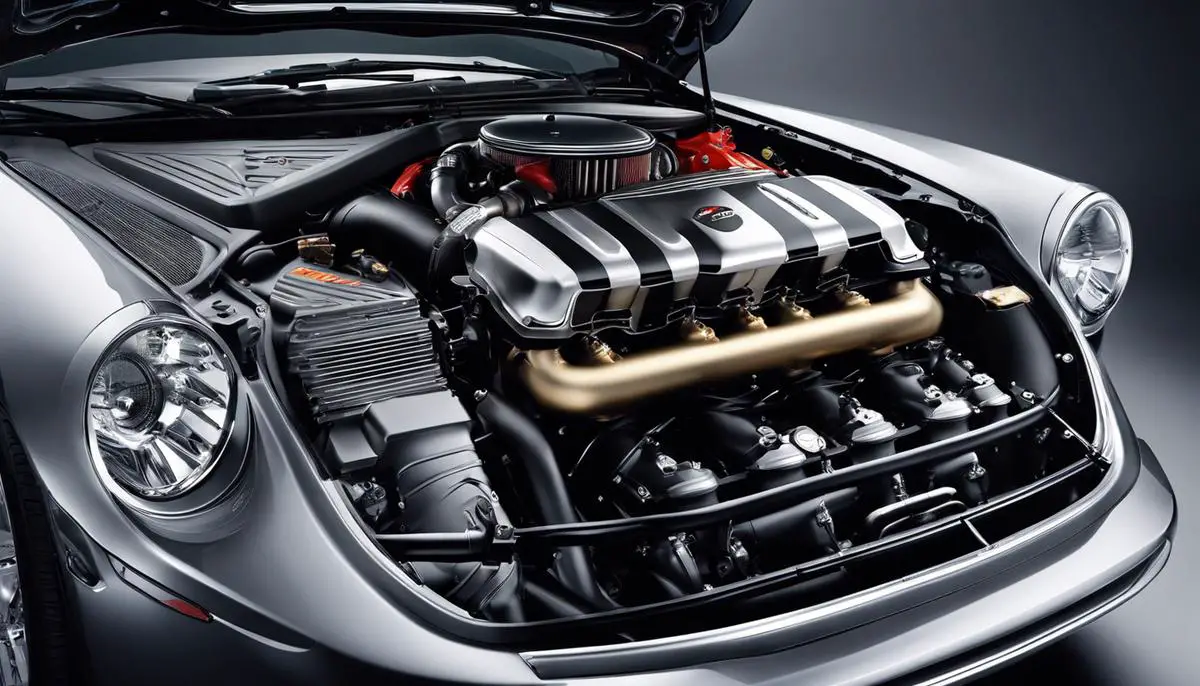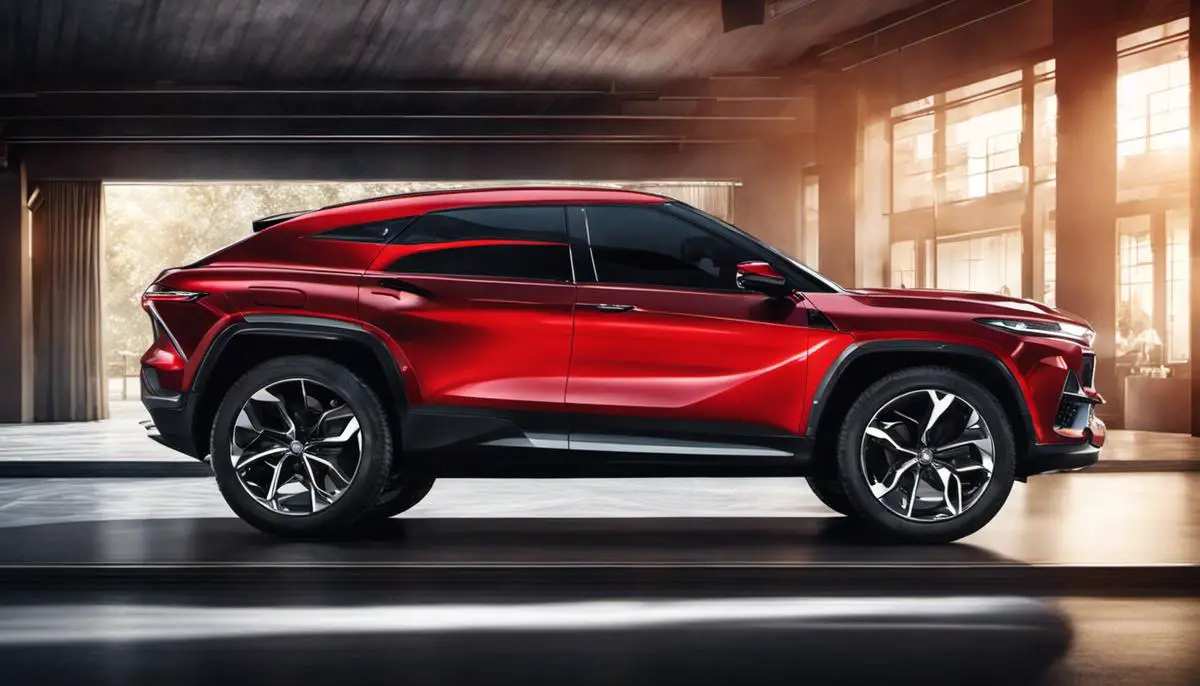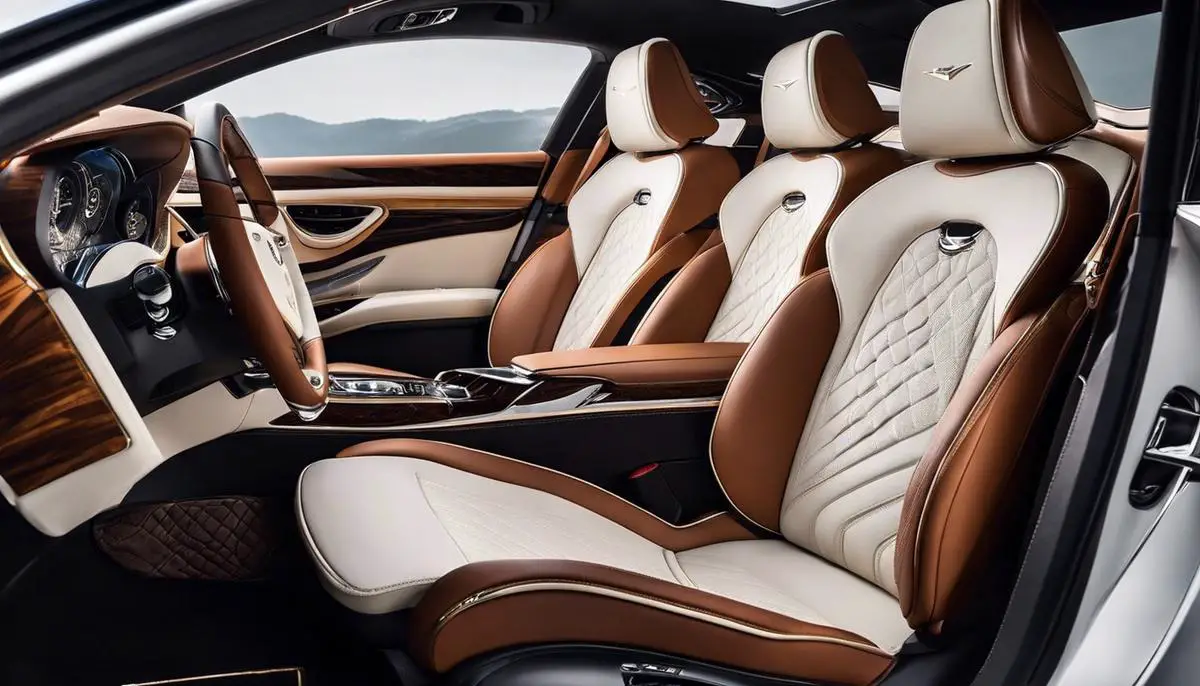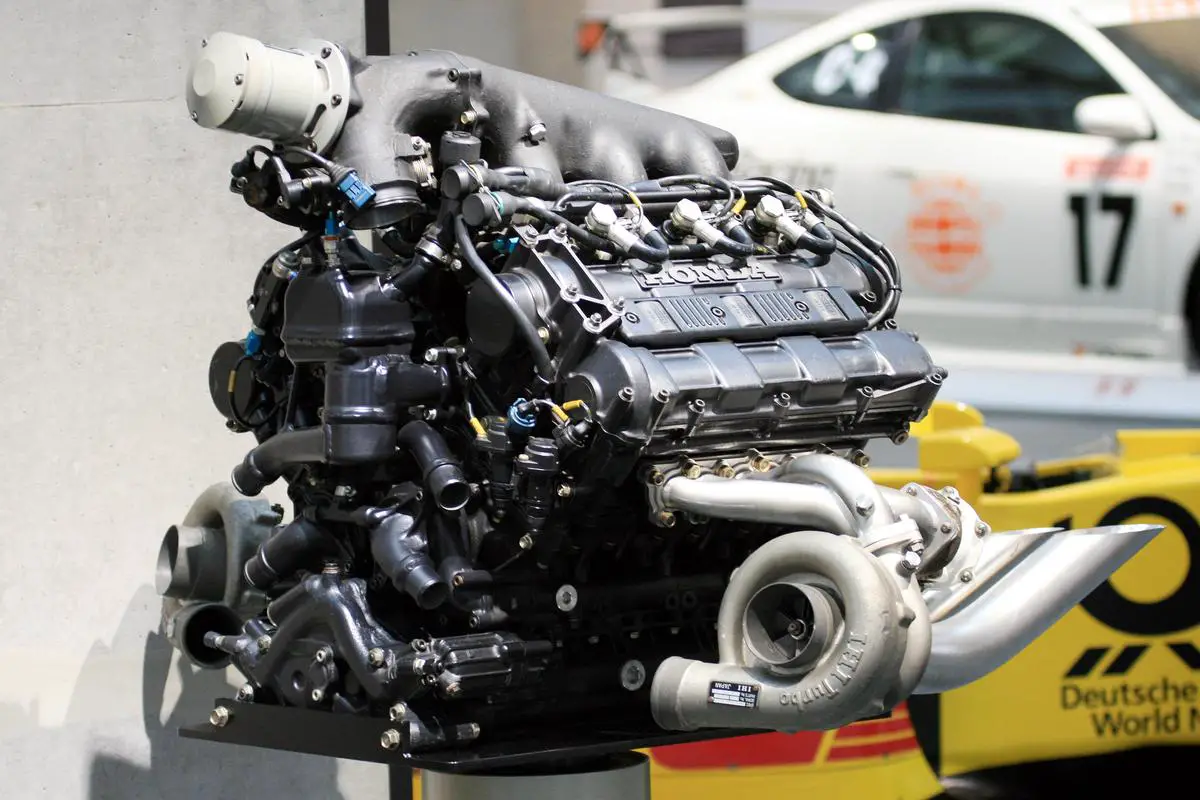When the roar of an engine sends a thrill down your spine, it’s clear that you have an affinity for performance cars—a breed of automobiles engineered to satisfy the hunger for speed, agility, and adrenaline. For enthusiasts and potential buyers looking to understand what sets a performance car apart from the usual commuter vehicle, delving into the specifications can unlock a world of insight. From the raw surge of power signified by horsepower and torque to the nuanced balance of a weight-to-power ratio that can make or break the driving experience, every detail counts. Let’s fasten our seatbelts and explore the pivotal performance specs that define these mechanical marvels and guide you in identifying a car that not only looks the part but delivers an exhilarating driving symphony.
Horsepower and Torque
Understanding Horsepower and Torque: The Dynamic Duo of Performance Cars
Welcome to the revved-up world of performance cars! For enthusiasts who’ve spent countless hours under the hood, on the track, or simply studying every facet of these mechanical marvels, knowing what actually makes a car go vroom is pure gold. Today, let’s unravel the mystery behind two key players that define a performance car’s capabilities: horsepower and torque.
- Horsepower: The Speedster’s Dream
Think of horsepower as the celebrity of the car performance world – it gets most of the limelight and for good reason. Horsepower is a measure of a car’s ability to accomplish work over time. The more horsepower, the more oomph the car has to hit top speeds and keep pushing the limits. It’s a term that dates back to the days of steam engines when James Watt needed a way to equate the power of these machines with that of horses, hence the term ‘horsepower.’
In the context of a performance car, this translates to the sheer ability to achieve breathtaking velocities. Higher horsepower figures often correlate with faster cars, but it’s not the only part of the puzzle. After all, a car isn’t just about hitting top speeds – it’s about how it gets there, too.
- Torque: The Twisting Force of Acceleration
Enter torque, the unsung hero that performance enthusiasts worship. Torque represents the rotational force the engine generates, and it’s all about the now – the immediate push you feel when you step on the gas pedal. This twisting force is what helps your car jump off the line and pull through corners like it’s on rails.
Measured in pound-feet (lb-ft), torque is that sensation you can’t help but smile at when you’re pushed back into your seat as the traffic light turns green. It’s the grunt behind the sprint. While horsepower is a measure of work over time, torque is the work being done at this very moment. High torque at low RPMs means a car that can leap forward with urgency, which is crucial for performance driving.
- Working Together: The Symbiotic Relationship
So, how do horsepower and torque work together? Picture them as dance partners; torque leads, dictating the initial steps with its low-end power, while horsepower follows, extending the performance into a breathtaking finale – the maximum speed achievable.
Optimal performance in a car relies on a harmonious balance between horsepower and torque. Too much emphasis on horsepower without sufficient torque can lead to a laggy start off the line. Conversely, an excess of torque with inadequate horsepower may give you a swift launch but will ultimately limit top-end speed.
The ultimate performance car has a well-sorted match of horsepower and torque. When engineers are tuning and car aficionados are modifying, they seek that sweet spot where both figures complement each other – providing both a thrilling launch and a high-speed cruise.
- In Conclusion
Understanding the dynamic roles of horsepower and torque is crucial when it comes to appreciating the finer details of performance cars. One gives you the speed, the other gives you the strength, and both are essential for a car that responds to your every input with agility and fervor. For the performance enthusiast, speaking the language of horsepower and torque is more than just tech talk – it’s a declaration of love for the sheer thrill of automotive power.
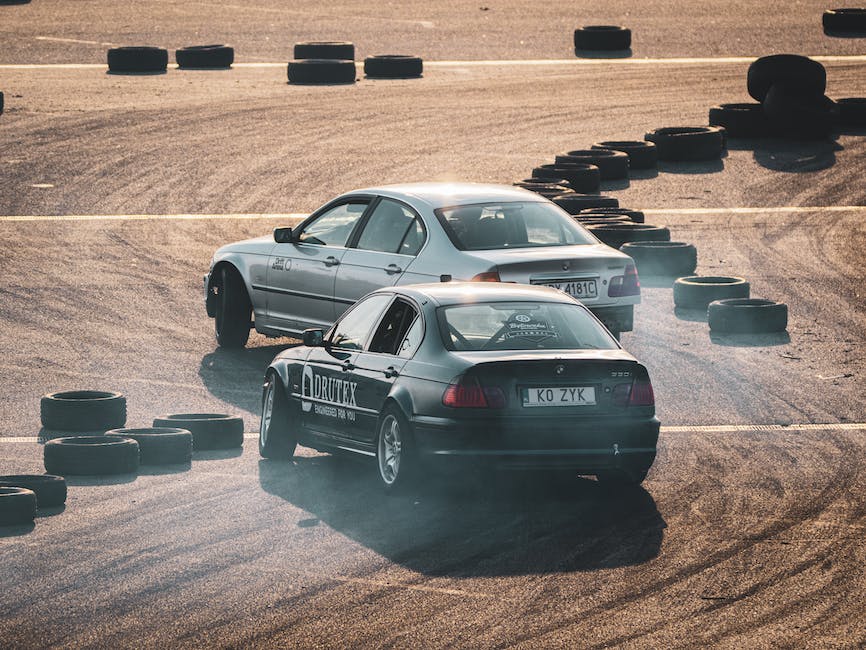
Weight-to-Power Ratio
Diving further into the world of performance cars, let’s shift gears and talk about the practical aspects of horsepower and torque. To truly harness these forces, it’s essential for enthusiasts to understand how modifications and components influence the power dynamics of their vehicles.
To start, consider the impact of air intake and exhaust systems. High-performance intake systems can increase the amount of air available for combustion, which, when mixed with the proper amount of fuel, can boost horsepower. Similarly, an optimized exhaust system reduces back pressure, allowing the engine to expel exhaust gases more efficiently, further increasing horsepower and improving torque.
Next, let’s talk about the role of the engine’s internal components. Upgrading to performance camshafts, which control the opening and closing of the engine valves, can significantly affect engine performance. A camshaft designed for high-end power will extend the duration the valves are open at higher RPMs, favoring increased horsepower at the expense of low-end torque. Conversely, a camshaft that boosts low-end torque might do so at the higher end of the RPM scale’s sacrifice.
Additionally, the importance of the engine control unit (ECU) cannot be overstated. Modern cars rely on this computer to manage various engine functions, and by remapping or “chipping” the ECU, you can modify fuel and ignition timing to enhance either horsepower or torque, depending on the desired outcome.
Let’s not forget about the transmission. The relationship between the engine and the wheels is governed by the gear ratios in a car’s transmission. A close-ratio gearbox can keep the engine operating in its optimal power band, effectively utilizing the power curve to maintain a strong delivery of torque and horsepower to the wheels during acceleration.
For those performance cars that experience the track, suspension and tire choices are pivotal. The power from horsepower and torque is nothing if not translated efficiently to the tarmac. A well-designed suspension system ensures that the car maintains contact with the road, allowing for maximum power transfer. Performance tires, with their increased grip, also ensure that all that power doesn’t go up in smoke – quite literally.
Finally, while striving to maximize horsepower and torque, one should not neglect weight reduction. Lightweight performance parts can improve a car’s power-to-weight ratio, meaning you get more speed and agility per horsepower. This doesn’t directly increase the horsepower or torque figures but makes the power the car does have, much more effective.
Remember, while chasing higher figures, reliability and drivability should not be compromised. It’s not just about strapping in as much muscle as possible; it’s about crafting a well-rounded performance machine that strikes the perfect balance for the desired driving conditions – be it track day corner carving or straight-line drag racing.
By understanding the synergy of these components and modifications, car enthusiasts can make educated decisions to not only improve horsepower and torque but to refine the overall experience behind the wheel, ensuring every ounce of power is tailored to their unique driving style and objectives. So, gear up, tune right, and feel the exhilarating rush of performance that only a fine-tuned engine can deliver.

Suspension and Braking Systems
Upgrading to a high-performance suspension and braking system is the natural next chapter in the quest for superior vehicle dynamics. These systems work in concert to enhance the overall driving experience by improving handling characteristics, cornering ability, and stopping power. While speed thrills, control is what turns a fast car into a truly exceptional performance machine.
Let’s dive into suspension systems first. Performance suspensions are designed to maximize the contact between the tires and the road surface, providing greater grip during aggressive driving maneuvers. Adjustable coil-over shocks allow for fine-tuning of ride height and stiffness, which can transform handling characteristics. Firmer springs and anti-roll bars reduce body roll, helping to maintain stability through turns. Importantly, a well-engineered suspension setup complements the power generated by high horsepower and torque, ensuring that all that energy is effectively translated into motion without wasteful wheel spin.
When it comes to cornering, the suspension has a crucial role. If a performance car possesses an abundance of acceleration and speed, but an underwhelming ability to manage sharp turns, the overall dynamic is compromised. The intricacies of camber, toe, and caster settings in the alignment come into play. Negative camber, for instance, places more of the tire’s surface on the road when cornering, enhancing grip, and therefore, the ability to take turns at higher speeds without losing control.
Turning our attention to braking systems, it is clear that stopping power is as vital as acceleration. High-performance brake systems involve multiple components working in unity: larger rotors for better heat dissipation, calipers with more pistons for increased clamping force, and high-performance brake pads formulated for high friction and resistance to fade. When pushing a car to its limits, reliable brakes are not just a matter of performance, but of safety too.
The interplay between the brakes and the suspension also affects performance. Consider trail braking into a corner – a technique where braking continues past the initial turn-in point to help manage the weight distribution of the car. This requires a brake setup that provides smooth and consistent modulation, along with a suspension system that maintains composure under shifting loads.
In summary, harnessing the raw power of a performance car is about much more than just the force produced under the hood. A truly refined performance car marries the punch of horsepower and torque with meticulous control offered by advanced suspension and braking systems. The experience of piloting such a car is not simply about moving quickly from point A to point B; it’s about the thrill of being in tune with a machine that responds to the driver’s every input with precision and poise. Whether it’s the ability to carve through a set of S-curves like a scalpel or come to a halt from speed reliably every single time, these systems are paramount in defining the essence of a performance car’s driving dynamics.
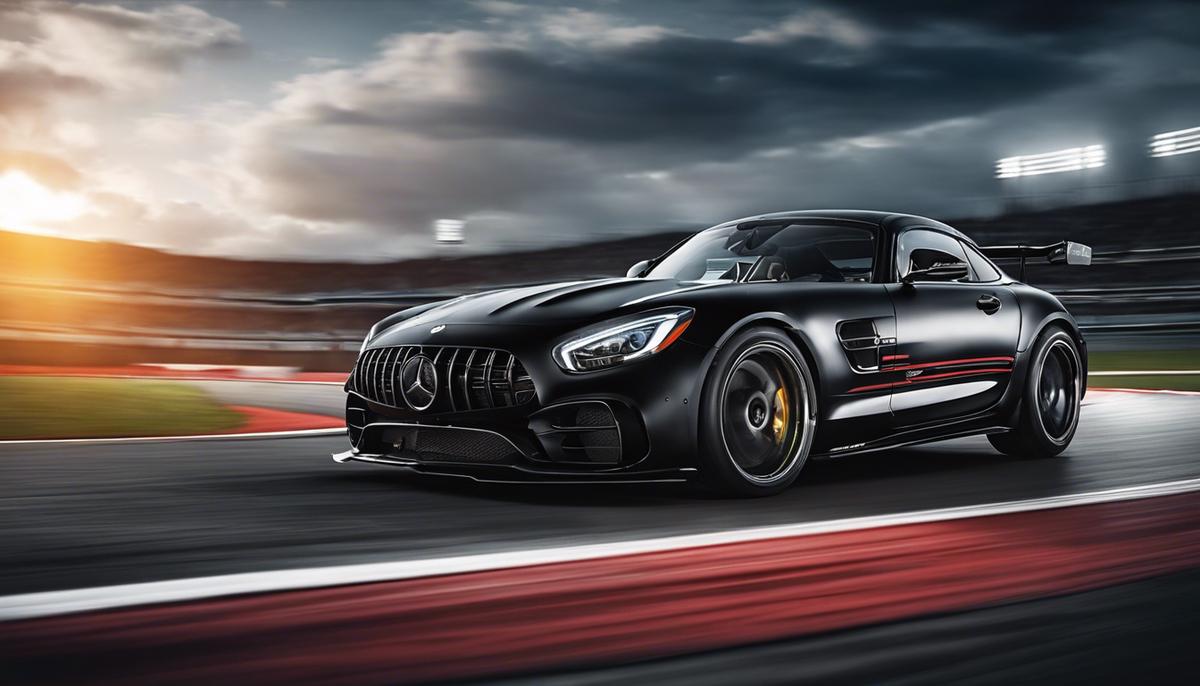
The pursuit of the perfect performance car is a journey that merges passion with precision, where numbers translate into experiences and every specification tells a tale of potential. Arm yourself with this knowledge about horsepower and torque, weight-to-power ratios, and the sophistication of suspension and braking systems, and you’re well on your way to choosing a vehicle that resonates with your performance aspirations. Remember, the specs sheet is more than just figures; it’s the blueprint of the joy, excitement, and raw emotion that comes with every press of the pedal and twist of the wheel in a car built to exhilarate.
